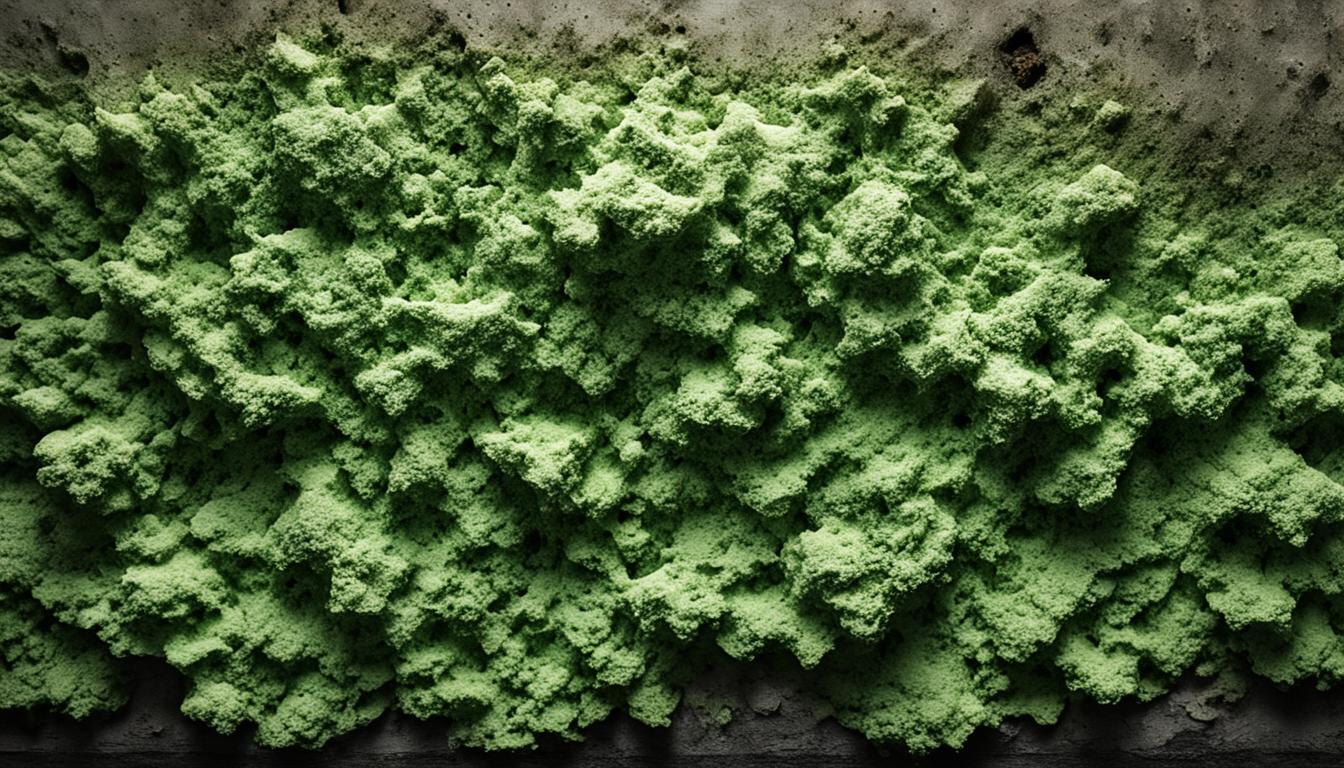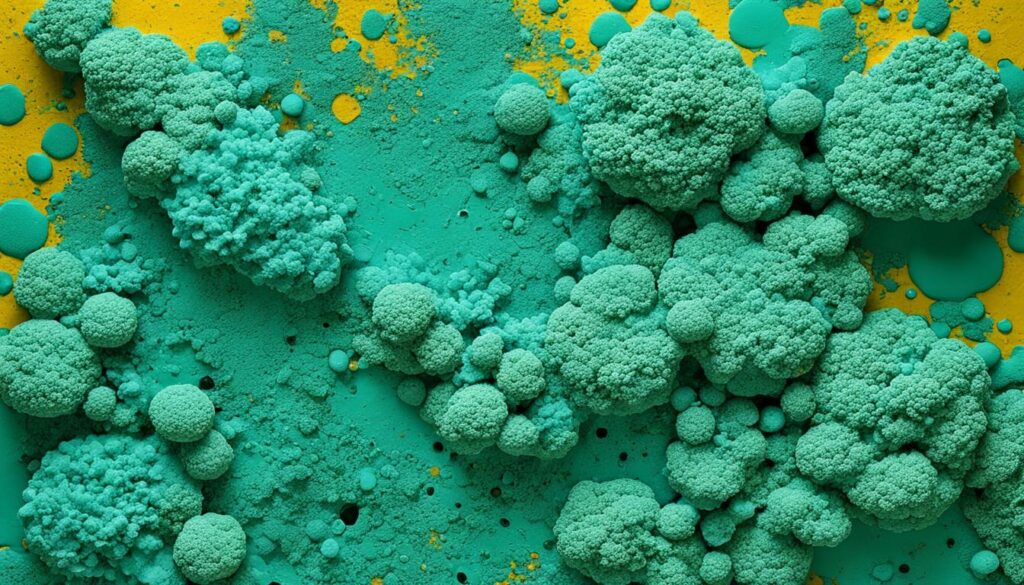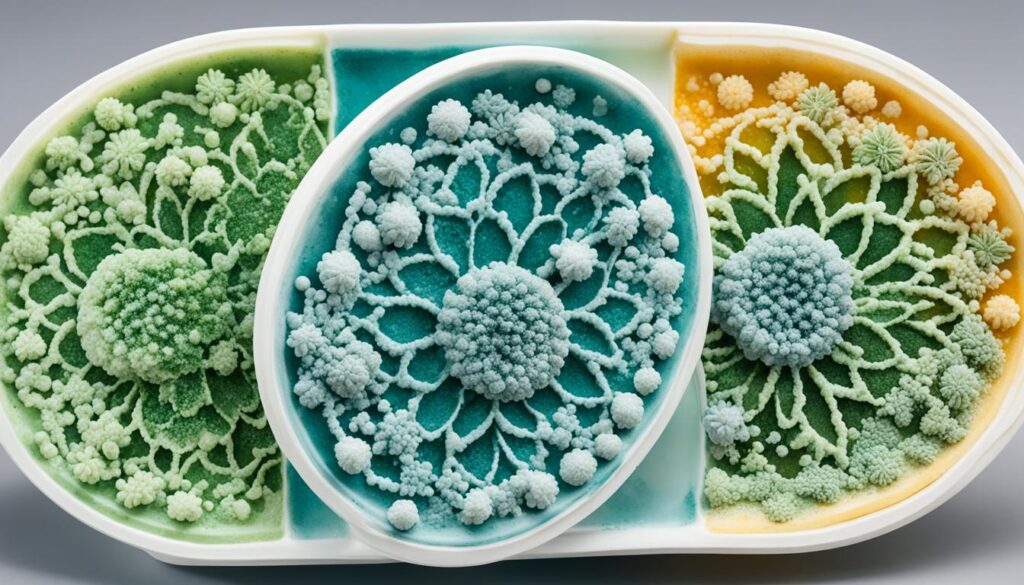
Transforming Your Space with what does Mold taste like
Welcome to our informative article on mold and its impact on the culinary arts. In this section, we will explore the unusual flavors associated with mold and how it can affect food safety. Understanding the taste profile of mold is essential for ensuring the quality and integrity of the dishes we prepare and consume.
When it comes to culinary arts, taste is paramount. Chefs strive to create extraordinary flavors that tantalize our taste buds and leave a lasting impression. However, what happens when mold, an unwanted intruder, finds its way into our food?
Mold possesses distinct flavors that can significantly alter the taste of a dish. From earthy and musty notes to bitter and even sweet undertones, mold can introduce unexpected elements to the palate. Identifying and understanding these flavors is vital for both home cooks and professionals in the culinary industry.
Moreover, mold’s presence in food raises concerns about food safety and potential health risks. Consuming moldy food can lead to adverse effects on our well-being, ranging from mild allergic reactions to more severe complications. Therefore, it is crucial to be aware of the risks associated with mold in the culinary realm.
Key Takeaways:
- Mold possesses various flavors, including earthy, musty, bitter, and sweet.
- Understanding mold’s taste profile is essential for safeguarding food safety in the culinary arts.
- Consuming moldy food can pose health risks, from mild allergies to severe complications.
- Awareness of mold’s impact on taste can help maintain high standards in food preparation and consumption.
- Proper storage and handling techniques are crucial to prevent mold contamination.
Uncovering the Taste Profile of Mold
In this section, we will delve into the taste profile of mold and explore its various flavors and characteristics. Understanding the flavor of mold is essential to recognizing its presence in food and taking necessary precautions to avoid potential health risks.
When it comes to mold, the taste profile can vary depending on the type and species. Let’s take a closer look at some of the common flavors associated with mold:
Earthy
One of the primary taste characteristics of mold is its earthy flavor. Mold-infested foods often have a distinct earthy taste, reminiscent of soil or dampness. This flavor is particularly noticeable in aged cheeses like blue cheese or Camembert.
Musty
Another flavor often associated with mold is mustiness. Mold can give food a musty taste that is often described as stale or off. This flavor is commonly found in bread, fruits, and vegetables that have started to spoil due to mold growth.
Bitter
Bitterness is another taste commonly associated with mold-contaminated food. Mold produces mycotoxins, which can have a bitter taste and are known to be toxic to humans. Certain molds, such as those found in coffee beans or peanuts, can result in a distinctly bitter flavor.
Sweet
Interestingly, some molds can contribute to a sweet taste in certain foods. Examples include mold-ripened cheeses like Brie or Roquefort, where the mold enhances the natural sweetness of the cheese.
It’s important to note that while some molds can add unique flavors to food, consuming mold-contaminated food can also pose health risks. Certain molds can produce harmful toxins that may lead to allergic reactions or other adverse effects. As such, it’s crucial to exercise caution and follow food safety guidelines to prevent the consumption of moldy food.
Understanding the taste profile of mold allows us to identify its presence in food and make informed decisions about what we consume. By taking necessary precautions to avoid mold-contaminated food, we prioritize our health and well-being.
Now that we have explored the various flavors of mold, let’s further examine its implications on food safety and the culinary arts in the next section.

Mold’s Impact on Food Safety and Culinary Arts
Mold can have profound implications for both food safety and the culinary arts. Consuming moldy food poses significant health risks, making it crucial for chefs and food industry professionals to prioritize hygiene and proper handling techniques in their kitchens. Let’s explore the potential dangers of mold in the culinary industry and the measures that can be taken to mitigate them.
Potential Health Risks of Moldy Food
Eating food that contains mold can lead to various health issues. Mold produces mycotoxins, which are toxic substances that can cause allergic reactions, respiratory problems, and even more severe illnesses in some individuals. The severity of these health risks depends on the type and amount of mold present in the food.
It is essential to note that not all molds are harmful, but determining the safety of mold in food can be challenging. Some molds can produce toxins that are undetectable to our senses, making it difficult to identify contaminated food.
The Culinary Industry’s Challenge
In the culinary industry, dealing with moldy ingredients is an ongoing challenge. Mold can develop on various foods, including fruits, vegetables, bread, cheese, and preserved meats. Contamination can occur at any stage of production, from cultivation to storage.
Chefs and food industry professionals need to be vigilant and proactive in preventing mold growth. This includes inspecting ingredients for mold, maintaining proper storage conditions, and promptly discarding any items that show signs of mold. The culinary industry must adhere to strict hygiene practices to ensure that mold does not compromise food safety and the overall dining experience.
Proper Storage and Handling Techniques
To combat mold growth and preserve food safety, the culinary industry follows specific storage and handling techniques. Some key practices include:
- Keeping food storage areas clean, dry, and well-ventilated
- Storing perishable ingredients at the correct temperatures
- Using airtight containers to prevent cross-contamination
- Inspecting all ingredients for signs of mold before use
- Regularly cleaning and sanitizing kitchen equipment
By implementing these measures, chefs and food industry professionals can minimize the risk of mold contamination and ensure the safety of their culinary creations.

The image above depicts the potential presence of mold in food, highlighting the importance of proper storage and handling techniques in maintaining food safety.
Conclusion
In conclusion, understanding what mold tastes like is crucial for ensuring food safety and maintaining the integrity of the culinary arts. Mold can introduce undesirable flavors and textures into food, potentially leading to health risks if consumed. By being aware of the taste profile of mold, individuals can make informed decisions about the food they consume and take necessary measures to prevent mold contamination.
When encountering moldy food, it is important to exercise caution and practice proper food handling and storage techniques. Any food with visible mold should be discarded to avoid potential health hazards. Additionally, maintaining clean and hygienic kitchen environments, along with regular inspections and mold assessments, can help prevent mold growth and ensure a safe dining experience.
If you suspect mold contamination in your space, it is recommended to seek professional assistance. Contact Fix Mold Miami at 305-465-6653 for a mold assessment and to address any mold-related concerns. Their expert team can provide guidance in identifying and remedying mold issues, ensuring a healthy and mold-free environment for both residential and commercial spaces.




